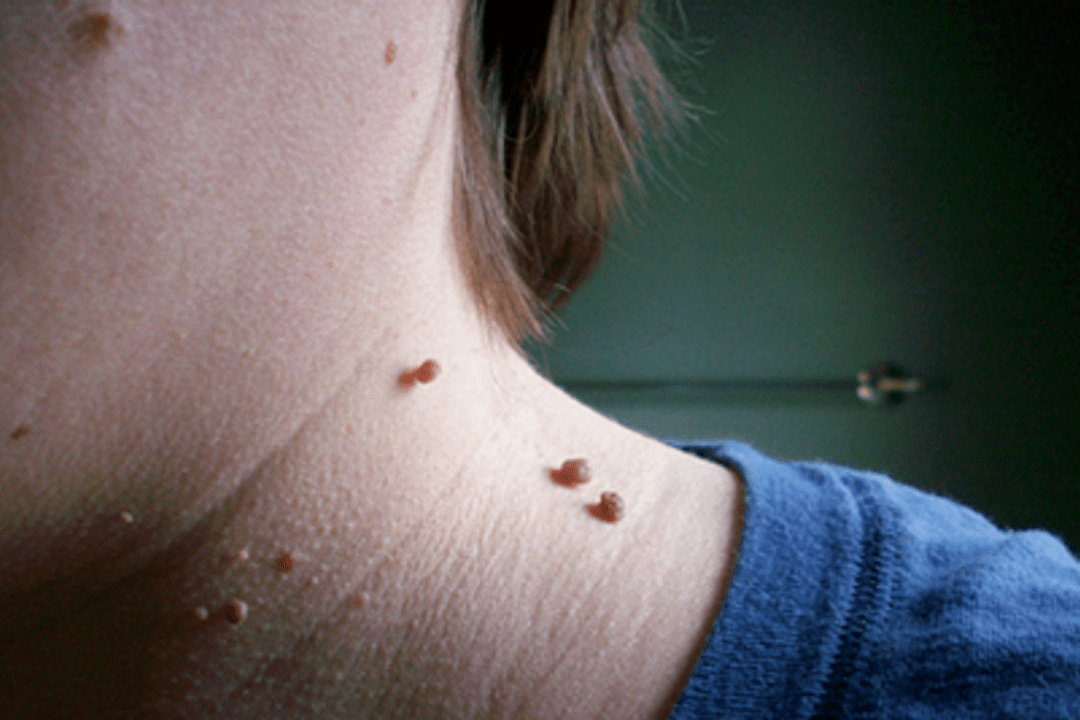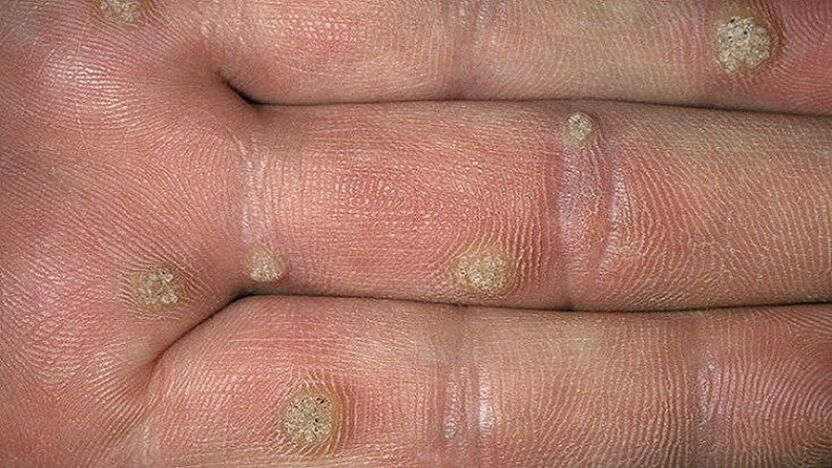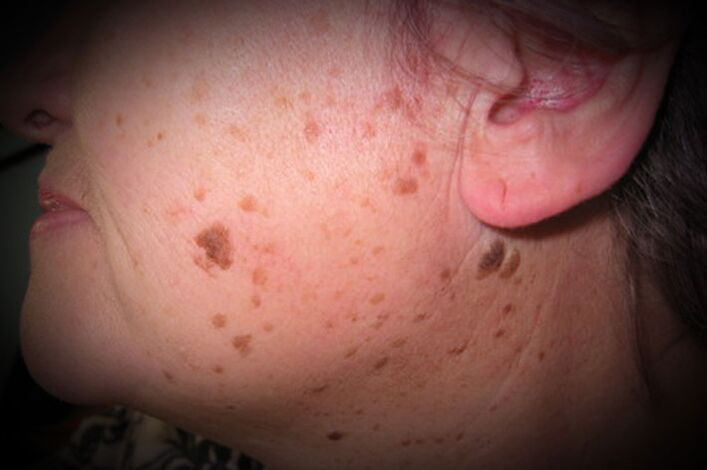Warts are benign formations on human skin. It is usually a few millimeters in size, but there are also larger types of warts. Such neoplasms can appear in different parts of the human body.
As you know, not all warts are safe. There are some skin lesions that require immediate removal. This is necessary to prevent further complications.
Classification of warts
In medicine, there are several types of benign formations that can appear on human skin. They differ from each other in appearance, have different developmental features, as well as location.
There are the following types of warts:
- ordinary (most common);
- plantar (observed in the legs);
- pointed (condylomata);
- filiform (acrocords);
- straight.
Common warts
Such neoplasms are usually quite dense tumors with an uneven surface and clear borders, not more than 1 cm in diameter. A lesion on the skin belonging to this type is characterized by the following features:

- round shape;
- color from yellow to dark gray;
- Common warts often appear on the elbows, fingers, knees, lips, and other frequently injured areas of the body.
Sometimes the formations disappear on their own, but in most cases long-term treatment is required.
Plantar warts
Such growths take their name from where they are located. They are standing, convex, but can straighten due to the constant pressure created by the weight of the human body. The formation is surrounded by a keratinized layer of skin.

Plantar growths can be uncomfortable and painful. This type of benign lesion differs from corns in that when it is cut, small drops of blood come out instead of spilling fluid. Plantar warts can cause problems wearing shoes. They are able to appear at any age.
Genital warts
Fibroepithelial formations contain a large number of interconnected nodules. Their surface may be white or red, sometimes bleeding and causing pain.
Acute benign neoplasms usually appear on the mucous membrane, where it penetrates the skin. They grow, they grow in the future. The result is bottle-like growths.
Filiform warts
Such a formation on the skin takes its name from the form. Filiform warts are narrow and long. The places where they are localized are as follows:
- face;
- neck;
- lips.

Externally, the filamentous joints resemble a broken thread. They can appear on the body of a person of any age, but are most often observed in older people. As they develop, the filamentous formations change their appearance:
- At first, the chords look like small bumps on the skin. For this reason, they can be easily mixed with a mole.
- Later it grows to the size of a nodule and takes on an elongated shape. In some cases, the chords are round, but still have a thin body.
- Consistency formation is elastic and relatively dense. As a rule, its length does not exceed 5 mm, but there are cases when the chord is more than 1 cm.
Some people have several formations growing together in their body. Thus, they look like roosters. The chords may be brown or fleshy. Sometimes they itch.

Straight warts
Such formations are knots that are straight to the touch. They are yellow-brown in color and are usually located on the eyelids and face. These nodules are common in children, but can also be seen in older people. These benign neoplasms are not prone to developing into malignant tumors. This type of growth is extremely rare.
Straight warts rise slightly above the surface of the skin. They are characterized by a smooth surface and clear borders. A distinctive feature is the absence of keratinized skin, which maintains smoothness and radiance. Such formations are localized on the face, lower legs, back of the hand.
Tip!If you have neoplasms in the body, you should definitely consult a dermatologist. Only he will be able to determine exactly what their nature is. This will prevent the development of malignant tumors on the skin.
Older warts
There are other types of benign formations that occur in the human body that can be divided into a separate category. Their features are:
- senile warts (seborrheic keratosis) appear only in the elderly and do not require treatment;
- they are usually located on the skin covered with clothing and are rarely seen on the hands and face;
- such neoplasms develop from the epidermis.
Elements of seborrheic keratosis are often numerous. Clinical manifestations depend on the time and place of development. Early elements are small flat spots of pink or yellow with clear borders, as well as a warty surface.

They look like oily peels that can be easily removed from the skin. Later, these shells are compressed and cracked. Over time, they turn black or dark brown and become mushroom-shaped.
The formations have a soft consistency, their boundaries may not be completely clear, even rough. However, they look like melanoma. In some cases, the elements of seborrheic keratosis have a dome shape.
Tip!In the case of older warts, it is recommended to significantly increase the amount of vitamin C entering the body. Helps stop new spots from appearingHowever, it should be borne in mind that an excess of vitamin C can cause some changes in the work of the stomach, as well as the formation of kidney stones.
The choice of treatment depends on the type of warts being treated. In one way or another, this process cannot be left to chance. Timely contact with a dermatologist will allow the patient to undergo the procedure to remove skin formations easily and without complications. In addition, warts can be confused with malignant diseases, there is no need to delay treatment.















































































